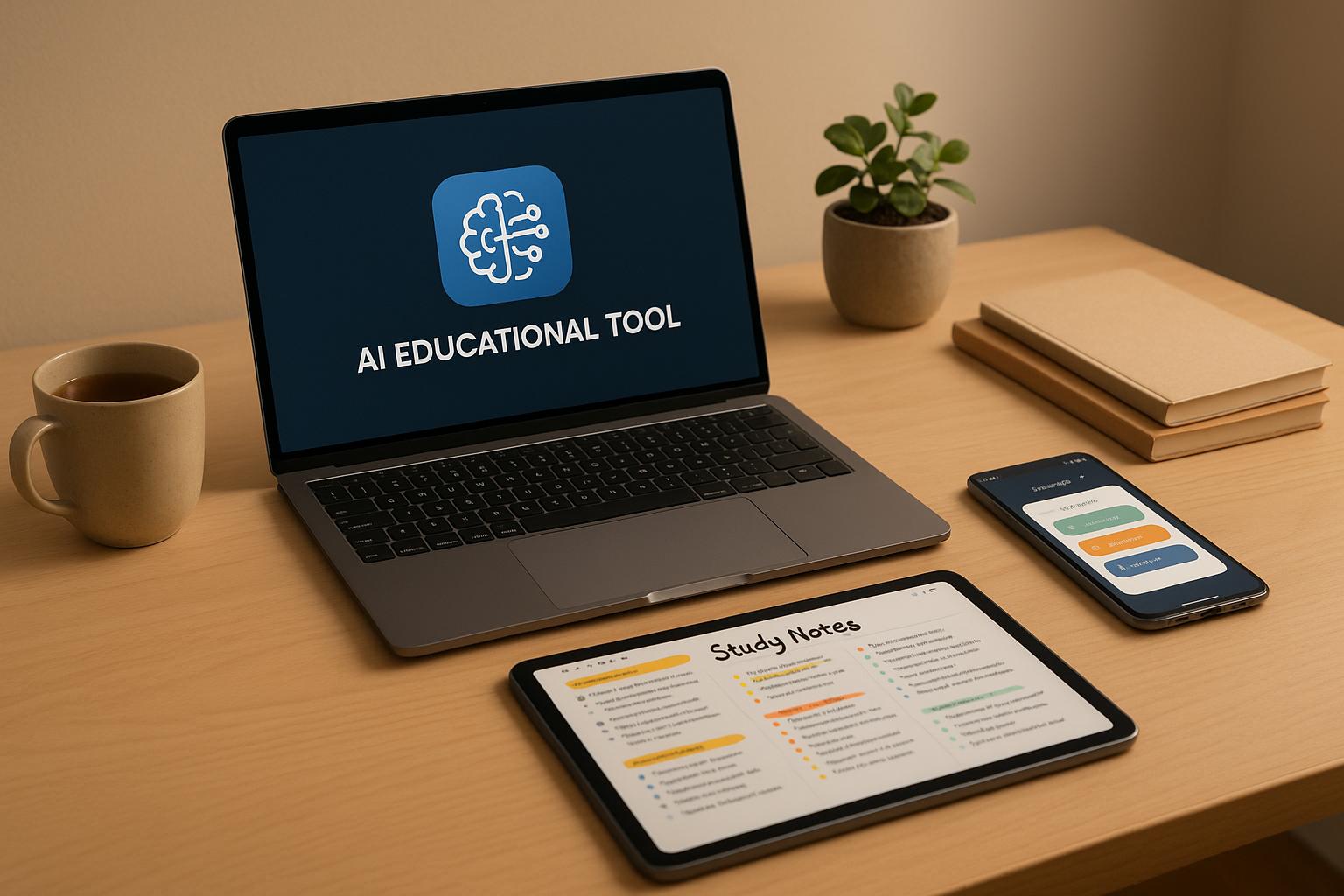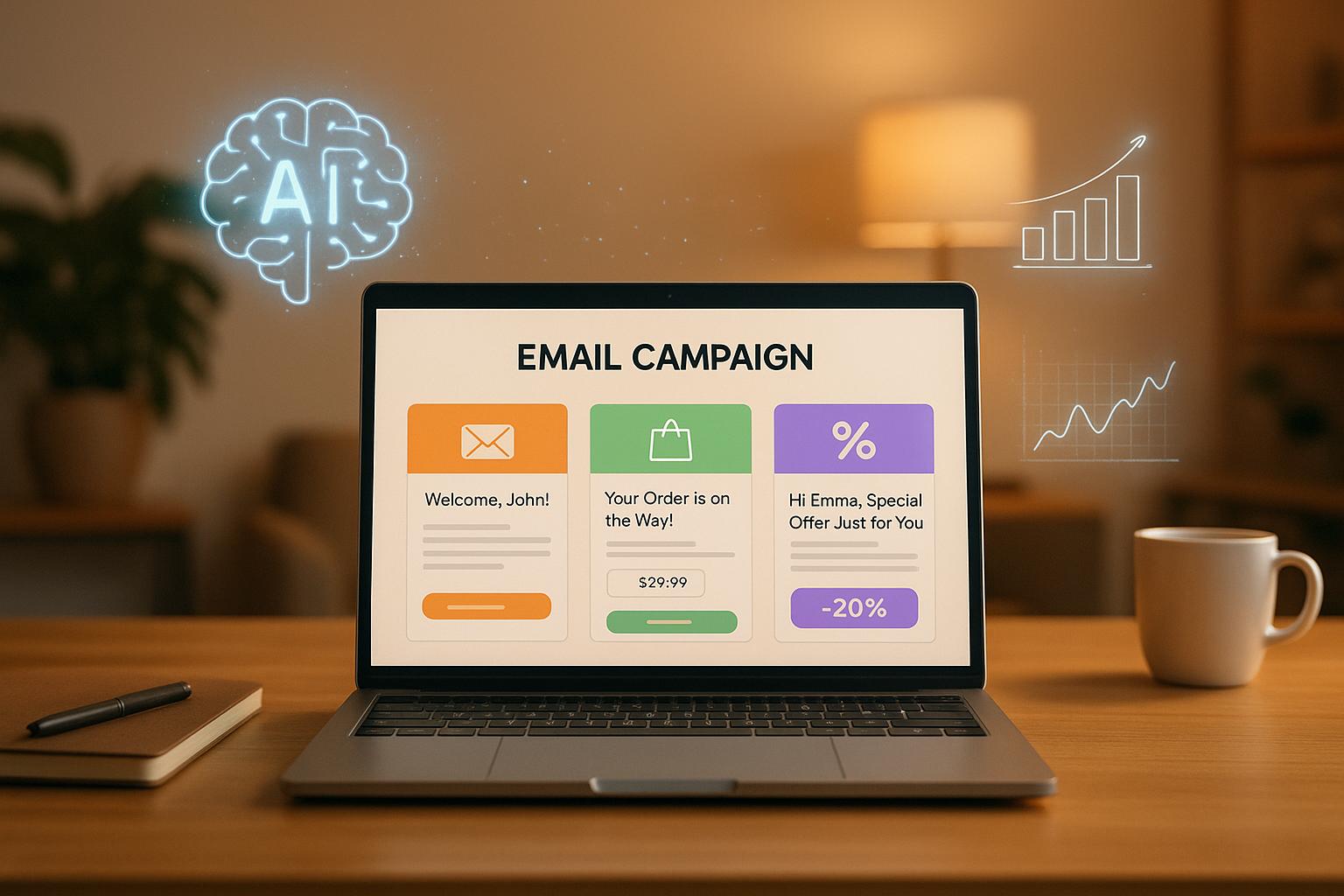Choosing between open-source and proprietary AI solutions comes down to cost, scalability, and technical expertise. Open-source AI offers flexibility and long-term savings but requires high upfront investments in hardware and skilled teams. Proprietary AI provides ready-to-use features with predictable subscription fees but can become expensive as usage grows. Here's a quick overview:
- Open-Source AI: No licensing fees, high hardware costs, requires skilled teams, better for long-term scalability.
- Proprietary AI: Subscription-based pricing, easier setup, vendor support included, ideal for businesses with limited technical resources.
Quick Comparison
| Criteria | Open-Source AI | Proprietary AI |
|---|---|---|
| Upfront Costs | High (hardware, setup) | Low (subscription-based) |
| Maintenance | Requires skilled teams | Vendor support included |
| Scalability | Cost-effective for large systems | Costs rise with usage |
| Ease of Use | Requires technical expertise | Ready-to-use, minimal setup |
| Customization | Fully customizable | Limited customization |
Recommendation: Small businesses should opt for proprietary AI for simplicity and predictable costs. Larger enterprises with technical teams may benefit from open-source for greater flexibility and long-term savings.
The Debate: Open Source vs. Proprietary #AI Implementation
Starting Costs
The cost of implementing AI depends on your chosen approach. Open-source solutions require a hefty initial investment in hardware, while proprietary options come with ongoing fees based on usage and features. Here's a closer look at the costs involved in both cases.
Open-Source: Hardware Investments
While open-source AI software itself is free, you'll need to spend significantly on hardware. This includes powerful GPUs like NVIDIA A100 models, servers with plenty of memory and storage, and systems for cooling and power management. For larger workloads, scaling across multiple GPUs and servers adds to the expense.
Proprietary: Subscription-Based Pricing
Proprietary AI platforms typically use a subscription model with tiered pricing. Plans can range from basic options for smaller businesses to advanced packages for enterprises, depending on usage, features, and support. This approach spreads costs over time, converting upfront investments into manageable operating expenses.
Comparing the Costs
Open-source solutions focus costs on upfront hardware and setup, while proprietary platforms distribute expenses through recurring fees. Which option works best depends on your budget, scalability requirements, and the level of ongoing support you need.
Setup and Integration Costs
Open-Source: Development and Setup
Using open-source AI requires a skilled technical team and a significant time investment. Organizations need to assemble dedicated teams, acquire the right tools, and prepare for a development period that could take several months before seeing tangible results.
Proprietary: Ready-Made Solutions
Proprietary solutions come with pre-packaged setup options, including configuration, data migration, and integration. These typically involve upfront fees and additional costs depending on the level of customization. Unlike open-source tools, the setup process is generally more straightforward and less time-consuming.
Additional Setup Expenses
Setup costs don’t stop at development or configuration. Other expenses often arise, like training employees and adjusting workflows, which might include updating documentation or revising protocols. Running a pilot project can help uncover these hidden costs before committing to full-scale implementation.
For a deeper dive into integration challenges, check out AI Apps' directory featuring over 1,000 tools.
sbb-itb-212c9ea
Maintenance Costs
After the initial setup, maintenance becomes a key ongoing expense in both open-source and proprietary AI systems.
Open-Source: Costs for Technical Teams
Maintaining open-source AI systems requires a skilled team. This includes AI specialists and DevOps professionals to handle updates, security measures, and system optimization. Expenses cover not just salaries and benefits but also continuous training. Other costs include infrastructure monitoring, regular code upkeep, security audits with timely fixes, and scheduled performance evaluations.
Proprietary: Vendor Support Fees
For proprietary AI, maintenance is typically included in support packages offered by the vendor. These packages, often tiered from basic to premium, charge fees based on a percentage of the license cost. This structure provides predictable and consistent expenses.
Future Cost Trends
Open-source maintenance costs can increase as the system grows more complex. In contrast, proprietary solutions tend to maintain steady costs through fixed support contracts.
Next, we’ll dive into how scaling affects overall spending.
Growth and Performance Costs
Open-Source: Infrastructure Expenses
As open-source AI systems grow, the need for more robust hardware and expanded cloud services becomes unavoidable. This means organizations must allocate funds for stronger computing power and increased storage to keep systems running smoothly as demand increases.
Proprietary: Pay-As-You-Go Pricing
Proprietary AI platforms typically follow a tiered, usage-based pricing structure. Costs rise in step with usage, but the vendor takes care of the infrastructure. This model ties expenses directly to how much the system is used, making it predictable for scaling operations.
Comparing Costs by Scale
For smaller organizations, proprietary solutions often come with lower upfront costs, making them appealing. However, as usage grows, open-source systems can become more cost-effective in the long run, offering better control over expenses despite higher initial setup and maintenance investments.
Conclusion
The cost breakdown above highlights key factors to guide your decision-making.
Decision Factors
When evaluating AI costs, consider both technical expertise and the scale of your operations. Companies with strong development teams can often save money in the long run by using open-source solutions, thanks to their ability to customize. On the other hand, businesses with limited technical resources might find proprietary solutions more practical, offering predictable subscription fees and ready-to-use features.
Scale also plays a role. Smaller businesses may find proprietary solutions more affordable upfront, while larger enterprises with complex needs often benefit from the flexibility and customization open-source options provide.
Recommendations
Here’s a quick guide to help you choose the right approach:
| Business Size | Recommended Approach | Primary Cost Benefit |
|---|---|---|
| Small (limited team) | Proprietary AI | Predictable costs and minimal technical demands |
| Medium (growing team) | Hybrid approach | A balance of customization and managed support |
| Large (extensive team) | Open-source focus | Greater flexibility and long-term cost control |
Proprietary AI is great for quick deployment and predictable costs, especially for businesses without a strong tech team. For companies planning to scale, starting with proprietary solutions and gradually shifting to open-source as technical skills improve can be a smart move. This strategy helps build internal expertise while keeping costs manageable and operations efficient as your AI needs evolve.



